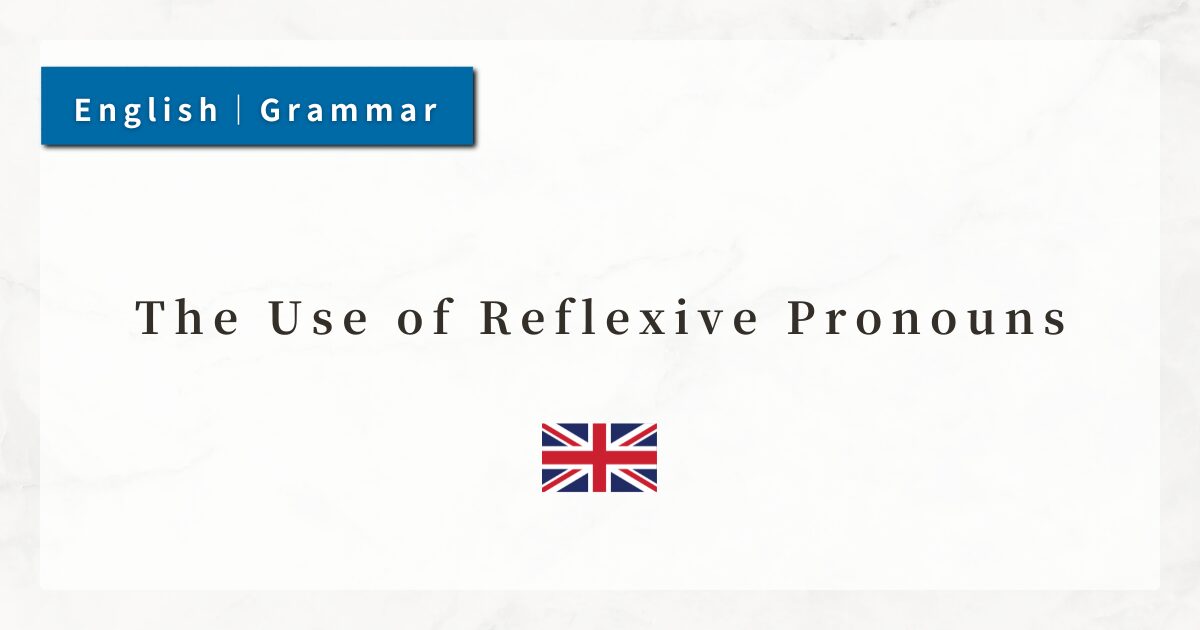How to Form Imperative Sentences|Basic Rules and Key Points

In English, imperative sentences are used when giving instructions or making requests, such as “Please do this” or “Don’t do that.”
Depending on the tone, an imperative sentence can sound polite or convey a strong warning. Negative forms and the proposal form using “Let’s” are also common, making imperative sentences useful in a wide range of situations.
Here, I will explain the mechanism of imperative sentences through four types: affirmative, negative, polite, and proposal forms.
- 1. Structure and Basic Rules of Imperative Sentences
- 2. Affirmative Imperative: Beginning with the Base Form of the Verb
- 3. Negative Imperative: “Don’t + Base Form of the Verb”
- 4. Polite Imperative: The Use of “Please”
- 5. Proposal Form with “Let’s”
- 6. Special Use of “You” in Imperative Sentences
- 7. Summary
1. Structure and Basic Rules of Imperative Sentences
Imperative sentences are used when asking someone to do something or prohibiting an action. They frequently appear in everyday conversation, instructions, and signs.
The structure of an imperative sentence omits the subject (you) and begins with the base form of a verb.
The basic patterns of imperative sentences are as follows:
| Type | Structure | Explanation |
|---|---|---|
| Affirmative Imperative | Base form of verb | Expresses a request or instruction, such as “Do this.” |
| Negative Imperative | Don’t + Base form of verb | Expresses prohibition, such as “Don’t do this.” |
| Polite Imperative | Please + Imperative sentence | Adds “please” to make the request polite. |
| Proposal Form | Let’s + Base form of verb | Expresses a proposal like “Let’s do this together.” |
2. Affirmative Imperative: Beginning with the Base Form of the Verb
The most basic form of an imperative sentence begins with the base form of a verb. Although the subject “you” is not written, the meaning is equivalent to “You should ….”
- Wait here.
- Check your email.
- Wash your hands before dinner.
→ Adding time or condition information makes the sentence sound more natural.
Note: Because imperative sentences can sound forceful, it is important to pay attention to tone and context.
3. Negative Imperative: “Don’t + Base Form of the Verb”
To say “Don’t do something,” use “Don’t (Do not) + Base form of the verb.” The subject is also omitted, and the meaning is to prohibit an action.
- Don’t talk during the movie.
- Don’t forget your passport.
- Don’t be rude.
Note that when using be with an adjective (Don’t be + adjective), it instructs the listener about a state or quality.
Just like affirmative imperatives, negative imperatives can sound harsh, so softening with tone or expression improves the impression.
4. Polite Imperative: The Use of “Please”
Adding please to an imperative sentence makes it a polite request. Please can appear either at the beginning or the end.
- Please wait here.
- Take off your shoes, please.
Without please, an imperative sentence may sound commanding, so it is recommended for learners to use please together with the imperative form.
5. Proposal Form with “Let’s”
Let’s (Let us) introduces a proposal. Unlike a direct command, it invites the listener to act together, carrying a cooperative and friendly nuance.
- Let’s start the meeting.
- Let’s go hiking this weekend.
- Let’s not waste time.
→ “Let’s not + Base form” allows for a negative proposal.
Response Expressions to “Let’s”:
- Yes, let’s.
- No, let’s not.
6. Special Use of “You” in Imperative Sentences
Normally, imperative sentences omit the subject (you). However, when emphasizing or expressing strong emotion, the subject may be explicitly stated.
- You sit down right now!
→ Expresses anger or urgency. - Somebody help me!
→ Shows urgency in an emergency situation.
This usage conveys a stronger, more emotional tone than ordinary imperatives, so it should be used with caution.
7. Summary
- Imperative sentences are formed by placing the base form of a verb at the beginning. The subject (you) is omitted.
- Negative imperatives use “Don’t + Base form”. With be verbs, use “Don’t be ~.”
- Adding please makes a polite request; it can be placed at the beginning or end.
- “Let’s + Base form” expresses a proposal meaning “Let’s do … together.”
- In special cases, the subject (you) or another noun may be included for emphasis or emotional expression.





